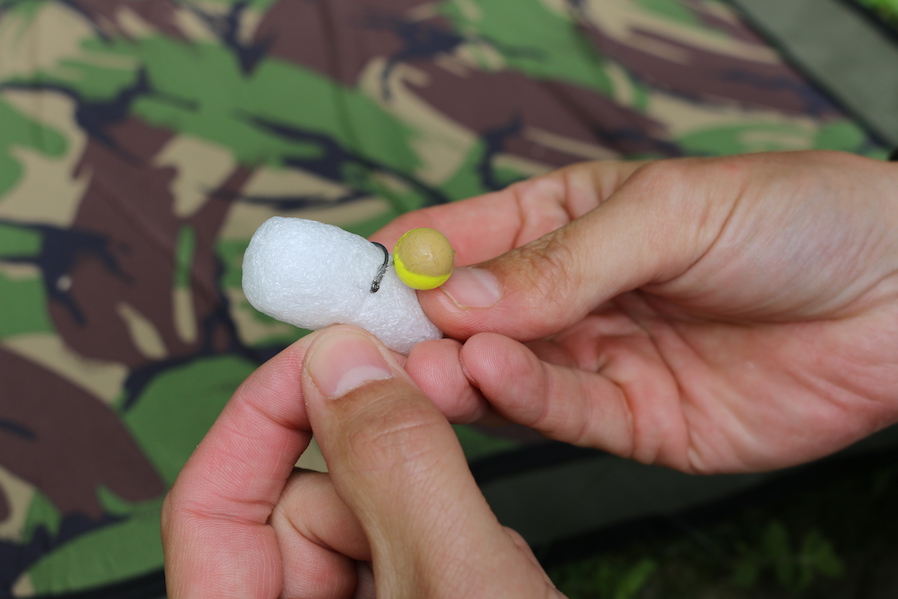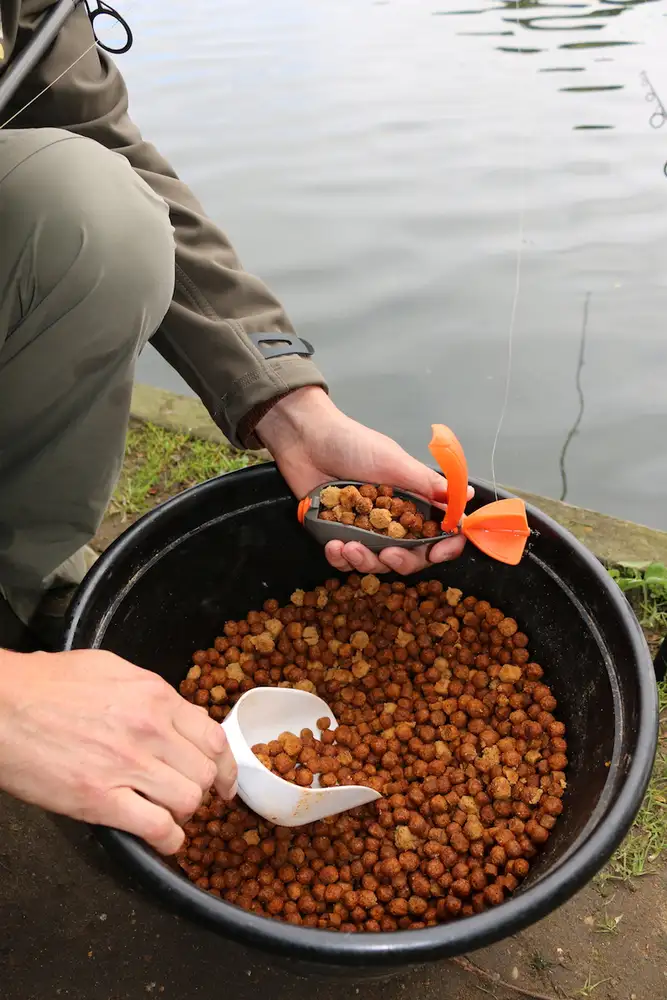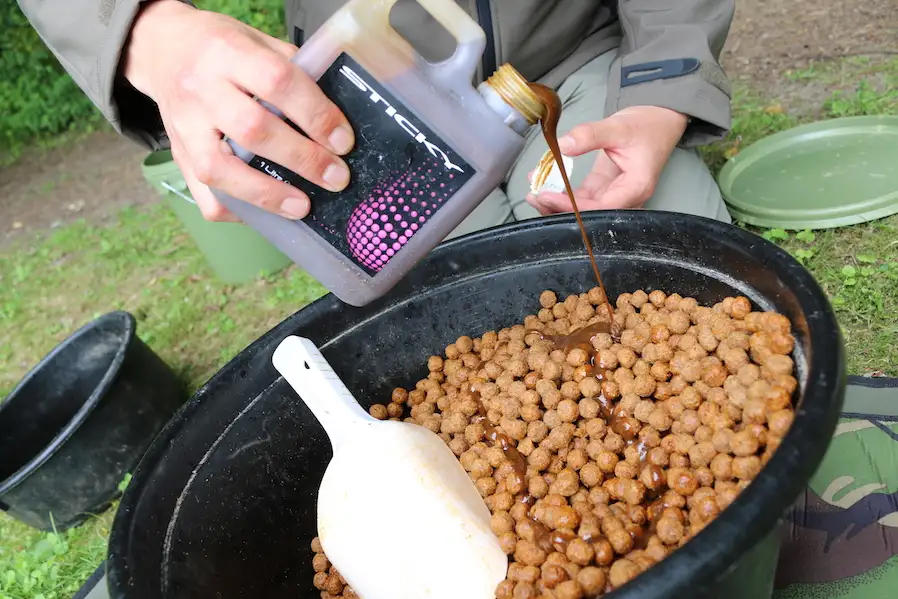This is a demo store. No orders will be fulfilled.
Phil Spinks - Zig Rig Fishing

In recent years, it has caught me lots of extra carp, specimens that I definitely wouldn’t have caught on the bottom, during the day when most carp become lethargic and are more interested in soaking up the sun in the upper layers. Because of the other autumn and winter species I enjoy targeting, it’s much more of a summer approach for me and one I thoroughly enjoy.
On the bright summer days, with high pressure, the carp would often switch off the feed after about 10am in the morning. I would then stand very little chance of a take from a carp until later in the day, when it cooled down.
Once I mastered the art of zig fishing, the goal posts were definitely moved. I started having the odd day session where I would only take my ‘zigging kit’ with me so I could no longer reel in the zigs after 20 minutes with the “this doesn’t work” attitude!

My attitude to zig fishing has changed massively now, and it’s often my main approach, throughout the day, in the summer months. My favourite way to zig fish is to fish small pop up boilies around a foot below the surface, and then spod a mixture of 11mm expander pellets and a few sinking pellets over the top of the rigs.
One little edge I always carry out, is to soak the pellets in lake water for 20 minutes before adding the liquids. This does two things; it makes the pellets more porous, so they soak up the additives quicker, and also makes them slightly less buoyant, so a few slowly sink past the zigs.

The spod mix can be boosted by adding a small amount of liquid flavour. My favourites are Sticky Baits Krill Liquid and Cap Oil.

It’s important to fish accurately too; my fishing rods are marked at the desired distance with elastic markers, and the spod rod is set at the same distance. This becomes more important on larger pits when fishing at distance. On smaller lakes with close range fishing the free offerings could be fed via a catapult.

As I mentioned before, I like to use small 12mm pop ups for my hookbaits. Although I know most zig anglers like to use foam, I have built up such high confidence with boilies. I have two types of bait I like to use. One is to choose a pop up that closely matches the free offerings; match the
hatch! It has to be a similar colour, and I will trim it into a pellet shape to fool the carp into thinking it’s a pellet. The second is to choose the brightest, most smelly, in your face pop up I can find. I find this triggers the curiosity of a carp. If I’m honest, the bright hookbaits have out fished the natural baits for me. Maybe the carp are drawn straight to the bright bait?
Rig wise, I keep things simple, a quick release lead clip with the tail rubber gently pushed on with a long mono hooklink. I’ve never found the need to use ultra light breaking strain hooklinks. Fox Zig and Floater line is around 0.26mm in diameter, and breaks at 15lb. I’m targeting big carp in what can be weedy lakes in the height of summer, and there’s no point in getting bites if you can’t land them, plus I don’t feel dropping the breaking strain makes much difference. The carp are swimming above the baits most of the time, and drop down to pick them up, so would see much of the line beneath the bait. I attach my hooklinks with quick change swivels. I tie an over sized figure of eight loop and use a large anti tangle sleeve. The over sized loop aids the anti tangle properties of the rig. It also makes the lead end of the hooklink more durable in case it rubs against the lead or lead clip. Once a fish is netted the hooklink can be unclipped to make it much easier and safer for the fish when it’s carried to the mat. My hook size is either an 8 or a 10, the main reason is to match up with the bait size. The hook needs to be sticky sharp; most dedicated zig and surface hooks are lighter in the wire to improve presentation.
Tight lines are important; you need to know when a carp picks up your bait. Quite often a small drop back can signal a take. There’s lots of movement in a 10 foot hook link. Also, the resistance caused from fishing tight lines helps to set the hook on the take. I never loosen the clutches too much when zig fishing, just enough to prevent the rod being dragged in the lake. This is for the exact same reason; when you get a take the resistance sets the hook. A heavy lead will improve hook ups, too; a 3oz is normally more than enough.

Take your time when playing the fish; losing the lead will increase your chances of landing the fish, but in my opinion it’s not always necessary and can become quite costly on busy days. When it comes to netting a big carp with a long hooklink, it’s much easier if you have a friend on hand to net the fish, allowing you to walk backwards as you pull the fish into the net. If you are alone, an extra long net handle would make things much easier.
Zig fishing is a deadly year-round method, but one that I use to great effect in the summer months. When the fish aren’t playing ball, and look more interested in sunning themselves, I can normally tempt them into sucking in a zig-fished boilie. If you’re scratching your head and wondering how to effectively present a bait, tie on the zigs…
